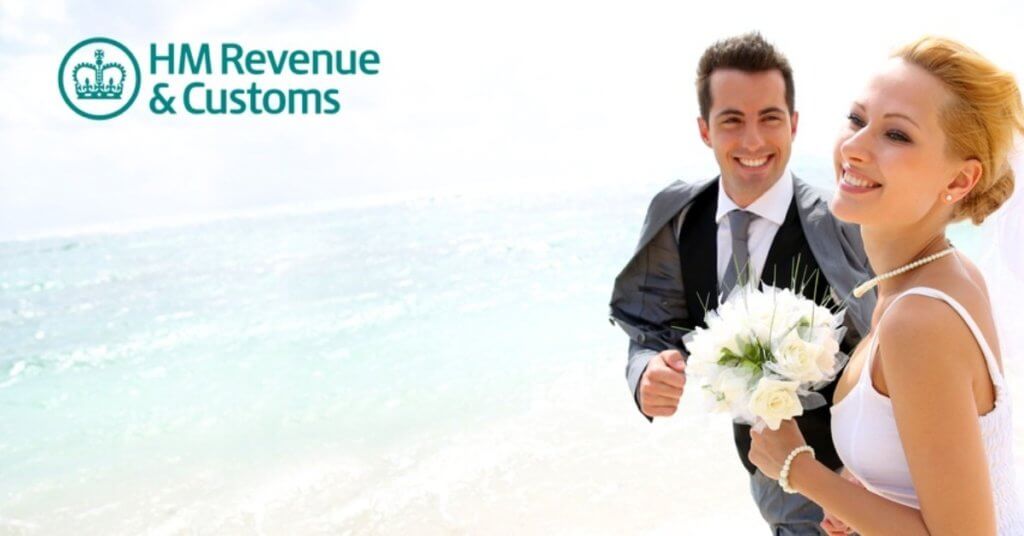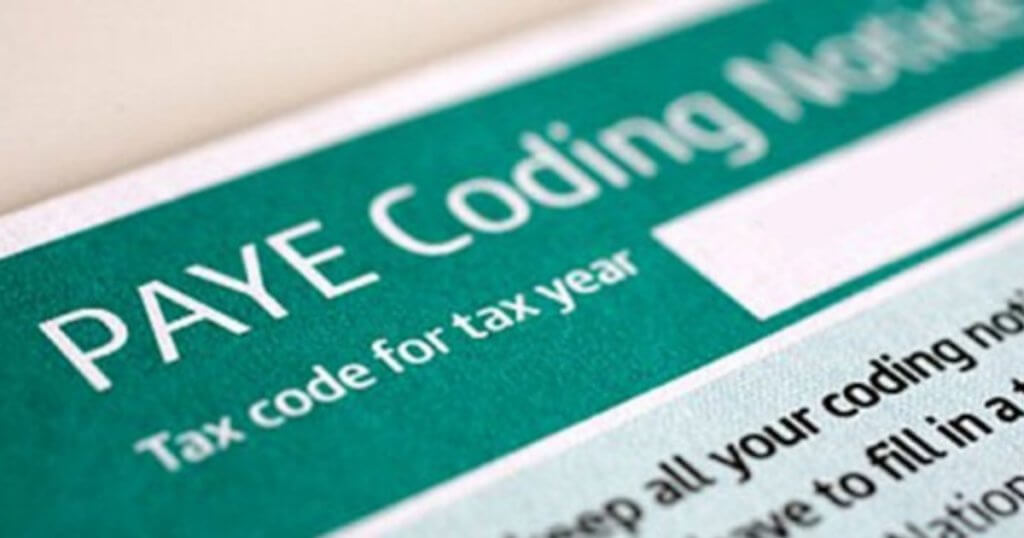What Is Marriage Allowance?
The Marriage Allowance was introduced in April 2015. It rewards people who are in a stable relationship by allowing them to reduce their tax bill by one of the partners transferring some of their personal tax allowance to the other partner.
It is available to married couples who meet certain criteria. It is also available to couples who are in a civil partnership, although it cannot be claimed by people who are simply living together.
In the 2016/17 tax year, Marriage Allowance is worth up to £220. If you were married or in a civil partnership in the 2015/16 tax year, your claim can be backdated and you can claim Marriage Allowance in that tax year as well.
Who qualifies?
Married couples and couples that are in a civil partnership can only claim Marriage Allowance if they meet certain criteria.
First, the partner that will be transferring some of their Personal Tax Allowance needs to be earning less than the Personal Tax Allowance. In the 2016/17 tax year, this is £11,000.
Second, the other partner needs to be Basic Rate taxpayer. In the 2016/17 tax year, this normally means that they would be earning more than £11,000 but less than £43,000.
Finally, both partners need to have been born on or after 6 April 1935, although if one of you was born before this date you may be eligible for the Married Couple’s Allowance instead.
How does it work?
Essentially, Marriage Allowance enables couples to share some of their Personal Tax Allowances. This means that if you’re paying tax but your partner isn’t, your partner can transfer £1,100 of their Personal Tax Allowance to you to offset the tax on some of your earnings.
As an example, Jane earns £25,000 in an office job, and her partner Steve earns £5,000 working part time. Because Steve is not using all of his Personal Tax Allowance he can transfer £1,100 of his allowance to Jane. In the 2016/17 tax year this means that Jane will no longer be paying 20% tax on that amount, saving her £220.
Marriage Allowance is an “all or nothing” thing. If you decide to claim it, you have to transfer the full £1,100. In certain situations, this can mean that it is not worth claiming the allowance because it would result in you being worse off.
How do we claim it?
Claiming Marriage Allowance is simple and can be done either online at the HM Revenue & Customs website, or via the telephone. You will need your National Insurance numbers and some form of ID.
It is important to note that it is the non-taxpayer who should make the claim. The partner who is paying tax cannot claim the allowance from their partner.
Around 85% of the people who are eligible to claim Marriage Allowance are not currently claiming it. If you meet the criteria this could be a nice little wedding present from the tax man.
Don’t forget claim your other allowances!
Like the Marriage Allowance, there are many other tax reliefs which go unclaimed. You can claim for a number of work related expenses, such as:
- Washing your work uniform
- Using your car for business purposes (excluding to/from work)
- Paying fees to Professional Bodies and Unions
- Tools you have to buy to do your job
- Many more specific reliefs, which we will help you with
Unlike the Marriage Allowance, it is much more complex working out what other tax reliefs you’re eligible to claim and how to claim them, which is where we can help! We can also backdate claims by 4 years, so you could be one of the thousands that get back over £200 in overpaid tax!
Head over to our Tax Rebate Calculator to get an estimate of what we can get back for you. We will then take care of everything, including liaising with HMRC from start to finish. All you have to do is sit back and wait for your cheque to arrive.
Over 70% of our claims result in a repayment. We have recovered over £3M for our clients, which goes to show how much money is sitting there unclaimed. There is also a time limit to claim, so don’t be one of the thousands that miss out!




